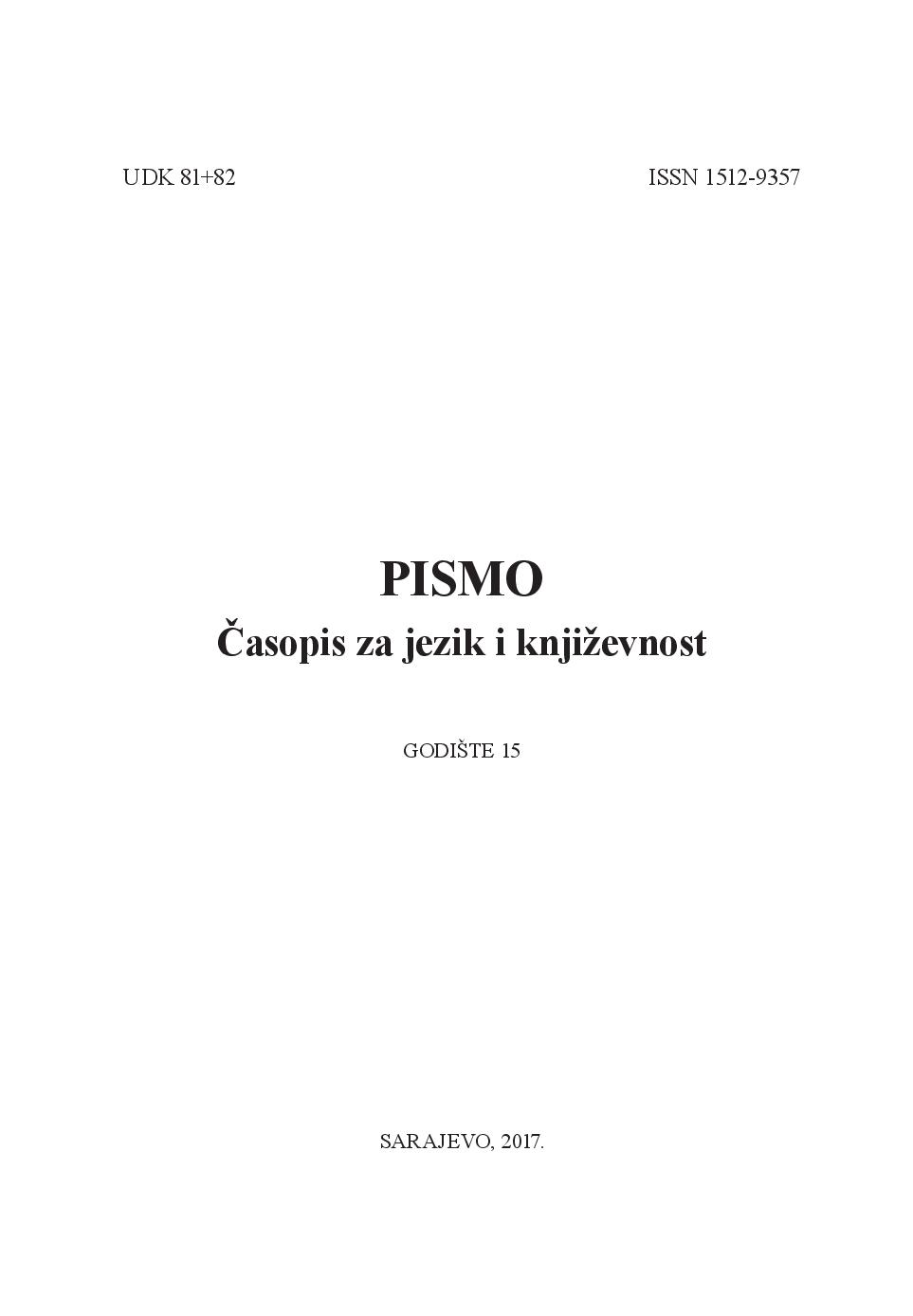Oblikovanje identiteta na presjecištu prostora i pamćenja u romanu Dom Marilynne Robinson
Identity Construction at the Intersection of Place and Memory in Marilynne Robinson’s Home
Author(s): Ksenija M. KondaliSubject(s): American Literature
Published by: Bosansko filološko društvo
Keywords: American novel; Marilynne Robinson; space; place; home; memory; identity; belonging;
Summary/Abstract: This article analyzes ways in which the construction of identity is tied to the nexus of space and memory in Marilynne Robinson’s novel Home (2008). The interbraiding of spatiality and diverse historical-cultural paradigms in this awarded novel is depicted through images of places important, even crucial, for recollecting past events, the inscription of memories into space and identity formation. The core motif used by the novelist as a strategy for presenting the interaction of space and memory with immediate impact on identity construction is evident in the title of the novel, affirming its significance: home is both a locus of cultural memory and a complex space inscribed with personal, collective and social memories that permeate stories about family, friends and the wider community. Apart from the protagonists’ house, the novel is characterized by another important element for the spatialization of memory and a particular sense of belonging or exclusion: landscape. Dominant as physical surroundings, it is significant for repressing inner contradictions between the main character and her hometown that shape her sense of place, her memories of events related to the place and thus determine the import of her past experiences. Informed by cultural geography, spatial theory and memory studies, as well as feminist conceptualizations of spatiality, this paper also examines the constructs and matrices of social relations in identity construction exemplified by this novel.
Journal: Pismo - Časopis za jezik i književnost
- Issue Year: 2017
- Issue No: 15
- Page Range: 151-169
- Page Count: 19
- Language: Croatian

